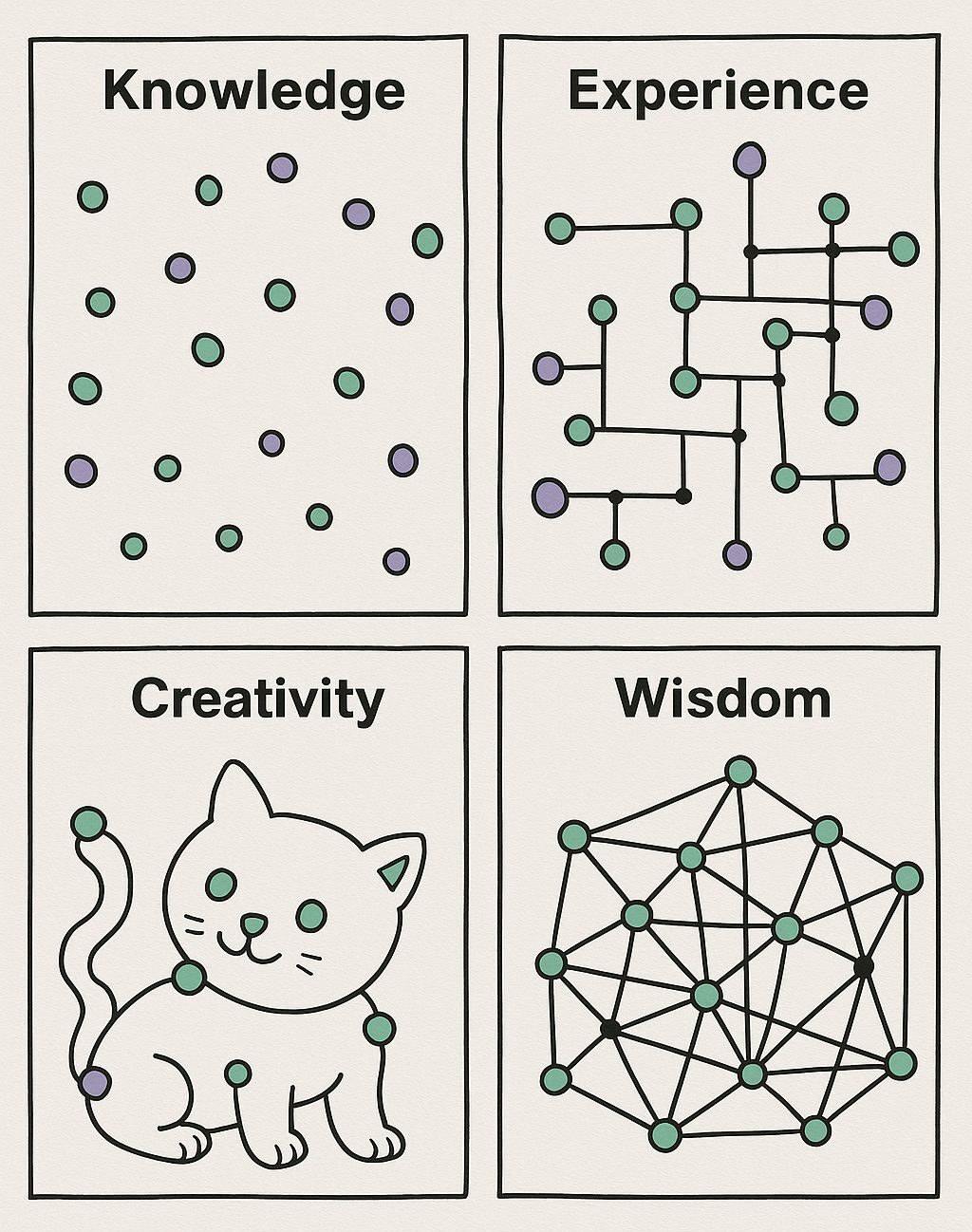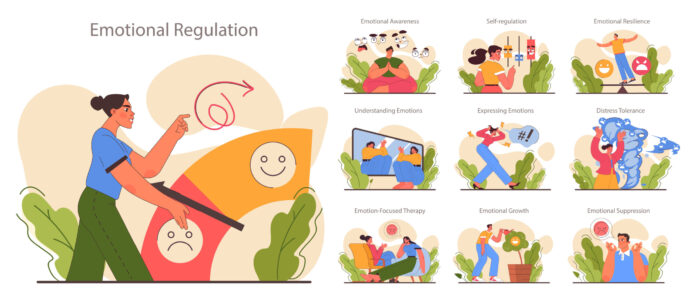Understanding Emotional Dysregulation
Emotional dysregulation manifests in various ways such as anxiety, impulsiveness, and a chronic feeling of unsafety. These are not flaws but signals—messages from unhealed emotional wounds, unresolved trauma, or unmet childhood needs. Recognizing these patterns is the first step toward healing and transformation.
A Tribute to Dr. Anna Freud: Pioneer of Ego Psychology
Dr. Anna Freud, the daughter of Sigmund Freud, made significant contributions to understanding the mind’s defense mechanisms. Her work clarified how the ego protects itself by using:
- Repression: Suppressing painful thoughts
- Projection: Attributing inner conflict to others
- Sublimation: Channeling impulses into productive or creative outlets
She also emphasized the importance of the latency period in child development and the necessity of a therapeutic alliance and nurturing environment in fostering emotional growth.

Neuroplasticity: The Brain’s Power to Heal
Neuroplasticity is the brain’s remarkable ability to rewire itself through new experiences, learning, and movement. Techniques like cross-lateral movements, positive reinforcement, and intentional affirmations strengthen new neural pathways, allowing the brain to shift from reactive patterns to resilient ones.
Techniques for Emotional Reset
The Insula Reset Technique
This method combines breathwork, body awareness, and heart rhythm regulation. When paired with vagus nerve stimulation—through practices like humming, OM chanting, or gentle singing—it helps calm the nervous system and reduce stress responses.
Cold Exposure Therapy
Used at the Grit Centre, cold therapy activates the anterior cingulate cortex, enhancing emotional control and reducing amygdala reactivity. A regular practice over 6–12 months can significantly improve emotional stability.
The Tree Within: A Metaphor for Self-Discovery
Visualize yourself as a tree:
- Roots: Deep awareness and introspection
- Trunk: Your core values and belief system
- Branches: Relationships, choices, and expressions
This metaphor offers a grounded way to approach personal growth, helping align inner and outer life.
The Cortisol Trap: How Negativity Hijacks the Brain
Chronic negativity increases cortisol, a stress hormone that impairs creativity and narrows perception. This hormonal imbalance allows the amygdala to overpower the prefrontal cortex, leading to impulsive behavior, anxiety, and reduced self-confidence.
The Winner’s Attitude: Reframing Emotions into Action
Winners are not emotionless—they’re emotionally intelligent. They engage in simple, effective micro-practices to shift emotional states:
- Angry → Sing
- Burned out → Walk
- Overthinking → Write
- Anxious → Breathe deeply
- Stressed → Exercise
- Sad → Practice gratitude
- Lazy → Take a shower
- Impatient → Self-reflect
These intentional actions help bridge the mind-body disconnect, fostering balance and clarity.
Schumann’s Resonance: Finding Calm through Earth’s Frequency
By stimulating the vagus nerve, we tap into the Earth’s natural frequency—Schumann’s Resonance—which promotes nervous system balance, deep calm, and spiritual attunement.
Self-Love Micro-Practices for Daily Renewal
Nurturing yourself doesn’t require grand gestures. Simple practices can significantly boost emotional health:
- Give yourself a loving or playful nickname
- Set 30–60 second micro-goals
- Reduce screen time gradually and mindfully
- Motivate yourself with kindness, not urgency
A Final Mantra on Transformation
“To err is human. Even EVIL EGO becomes ‘ME VIL GO’ when we remove the ‘E’ of emotional charge.”
We are all in a continuous journey of healing, growing, and becoming. Embrace the process—every emotion, every effort, every pause—and remember: You are a winner.
Let me know if you’d like this turned into a print-ready PDF, workbook format, or presentation slides.



